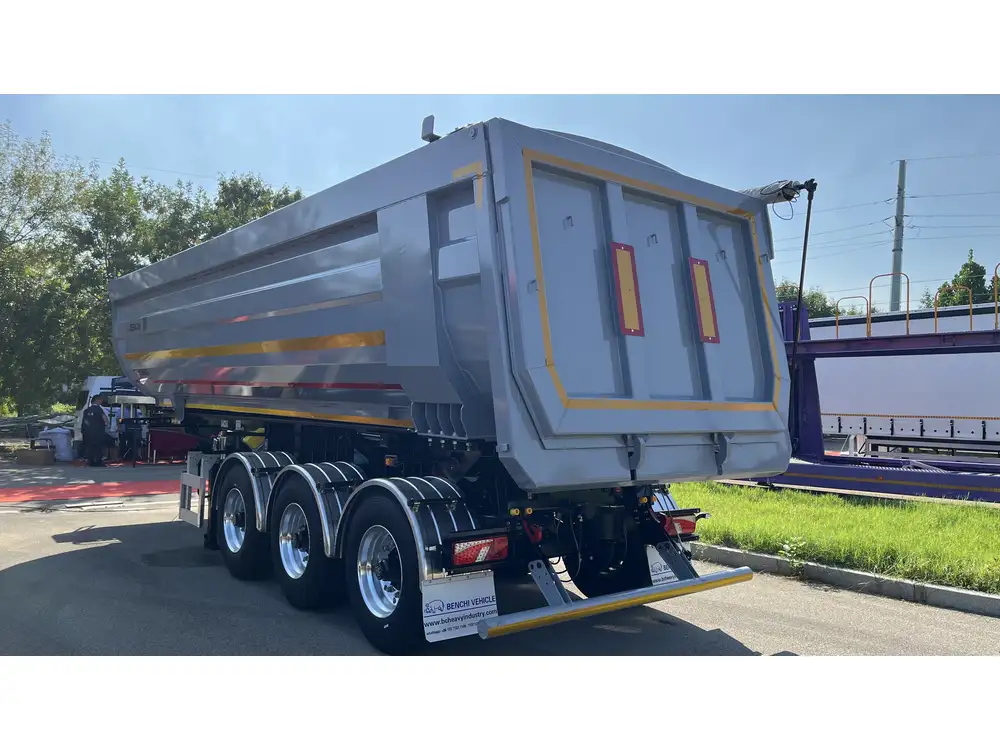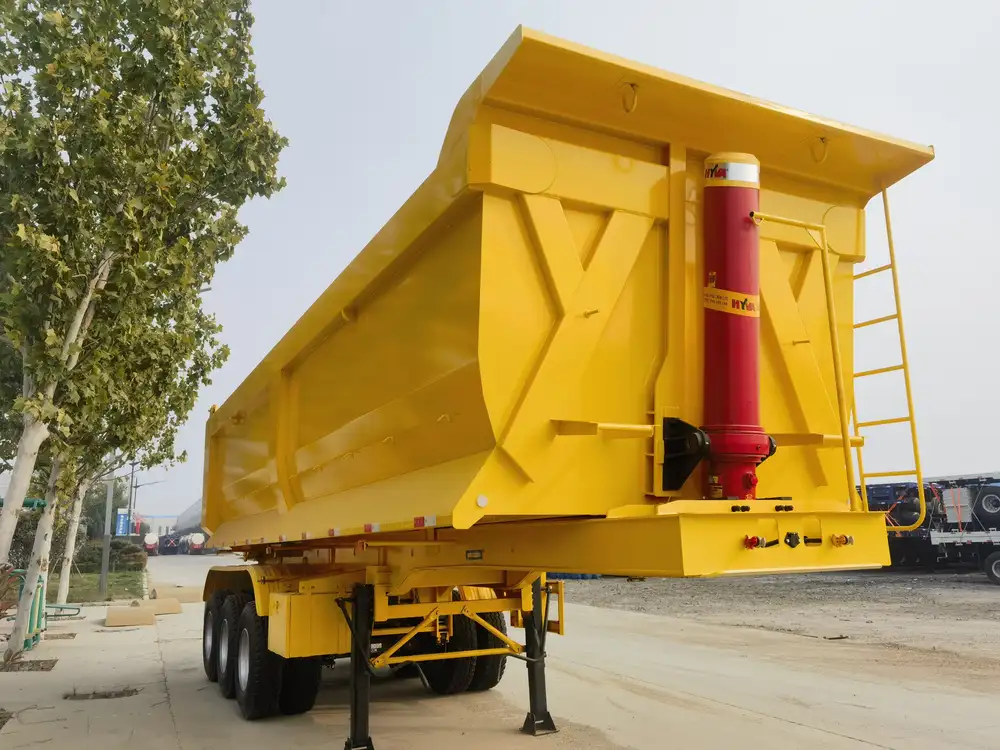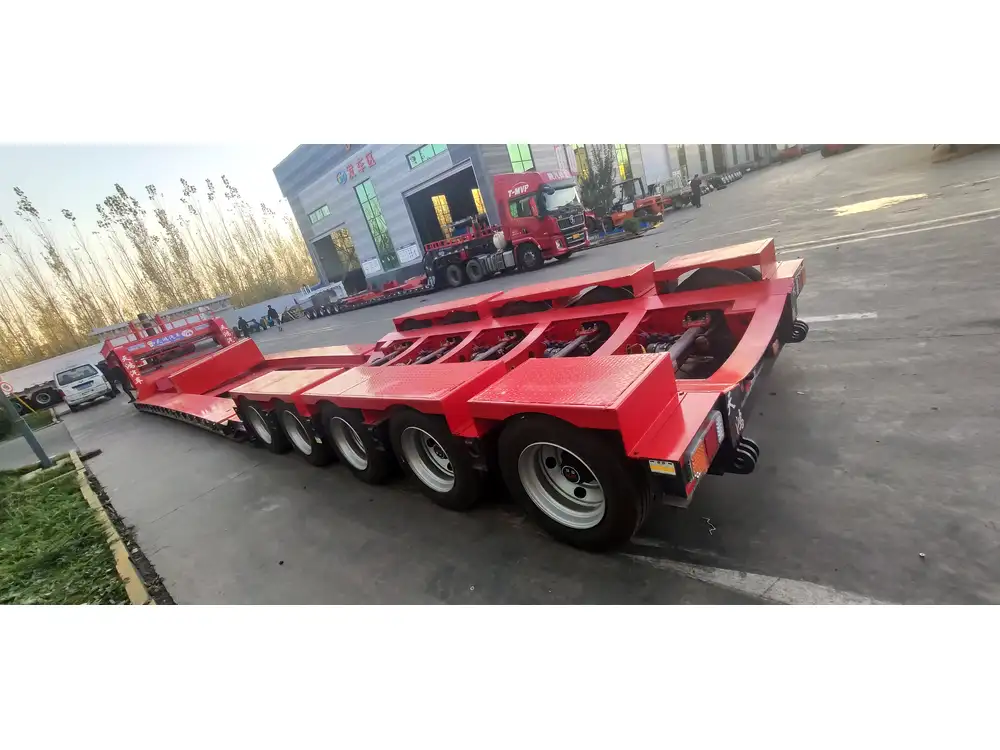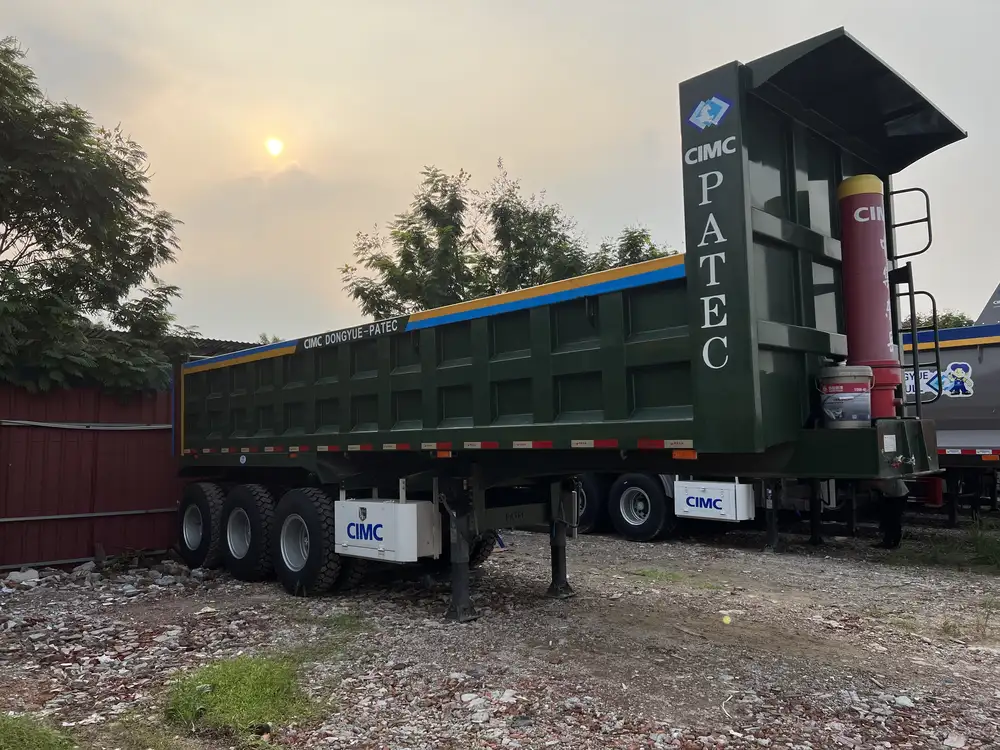Transporting calves efficiently is crucial for livestock producers and distributors. The right semi-trailer can maximize capacity while ensuring the animals’ welfare during transit. This comprehensive guide details the factors that determine how many calves fit in a semi-trailer. From size specifications to weight limitations, and everything in between, we present an in-depth examination to aid in making informed transportation decisions.
Understanding Semi-Trailer Dimensions
Standard Semi-Trailer Sizes
- Length: Typically ranges from 48 to 53 feet.
- Width: Generally 8.5 feet.
- Height: Varies, but a common standard is around 13.5 feet.

Volume Calculations:
To understand how much space is available for calves, we use the following formula:
[ \text{Volume} = \text{Length} \times \text{Width} \times \text{Height} ]Using a standard 53-foot trailer:
- Volume = 53 ft × 8.5 ft × 13.5 ft = 6,073.5 cubic feet
Note: Actual usable space can be less due to internal structures, ramp installations, and other design elements.
Types of Semi-Trailers for Calf Transportation
- Gooseneck Trailers: Ideal for smaller operations, providing excellent maneuverability.
- Livestock Trailers: Designed specifically for transporting live animals, with ventilation and non-slip flooring.
- Enclosed Trailers: Offer protection from weather but may not provide necessary ventilation for calves.
The choice of trailer influences how many calves can be transported safely and efficiently.
Factors Influencing Capacity

1. Calf Size and Age
The size of calves directly impacts the number that can fit in a semi-trailer. Here’s a breakdown based on size categories:
| Size Category | Approx. Weight | Required Space per Calf |
|---|---|---|
| Newborns | 80–100 lbs | 3 sq. ft. |
| Weaned Calves | 400–600 lbs | 4–5 sq. ft. |
| Yearlings | 600–900 lbs | 5–6 sq. ft. |
2. Trucking Regulations
Most states have regulations governing the maximum number of livestock transported per trip to ensure animal welfare. Some standards include:
- Space Requirements: The USDA recommends certain space allowances to prevent overcrowding, which can lead to stress and injury.
In general terms, an estimated minimum space for calves is around 4 square feet per calf. Based on this, we can calculate maximum capacities under ideal conditions for a standard trailer.
3. Weight Herein Lies the Math
The weight limit of a semi-trailer is another critical factor. Standard semi-trailers have a weight capacity of around 80,000 pounds. Given an average weight allowance due to the calves:
- For example, if transporting weaned calves averaging 500 lbs:
However, factoring in the trailer structure and equipment, a more conservative operational number should be used.

Calculating Maximum Capacity Example
Assuming an average of 4 square feet per calf and usable space of approximately 5,000 cubic feet in a 53-foot trailer:
[ \text{Max Calves by Space} = \frac{5000 \text{ sq. ft}}{4 \text{ sq. ft/calf}} = 125 \text{ calves} ]Thus, weight and space limitations need to be considered concurrently to derive a real capacity metric.
Best Practices for Transporting Calves
Ensuring Well-Being During Transport
Transporting calves isn’t solely about fitting as many as possible; animal welfare must be a priority:
- Ventilation: Ensure proper airflow to regulate temperature and reduce stress.
- Safe Handling: Utilize ramps and rails to minimize injury risks during loading and unloading.
- Frequent Stops: Plan for stops to check on the health and hydration status of the animals during long trips.

Using Calculators for Capacity Planning
Employing specialized software or calculators can facilitate the process of determining transport capacity based on the specifics of your operation.
| Feature | Detail |
|---|---|
| User-Friendly Interface | Easy trial runs |
| Weight Load Calculators | Input calf weight |
| Custom Trailer Sizes | Adjust for unique needs |
Additional Considerations
Seasonal Factors
During adverse weather, it’s vital to alter transport strategy. Hot weather may necessitate fewer calves per load to ensure adequate space for cooling.

End-of-Trip Protocols
Post-transport care is crucial:
- Hydration: Ensure calves have immediate access to water after unloading.
- Monitoring: Assess each calf for stress or injury post-journey.
Conclusion
When efficiently transporting calves in a semi-trailer, the deciding factors revolve around the size of the livestock, the dimensions and weight capacity of the trailer, as well as the regulations governing animal welfare.
With practical calculations drawing from diverse factors such as trailer size, weight limits, and welfare considerations, the ability to maximize transport while prioritizing the health of the calves is achievable.
Summary Table
| Parameter | Example Value |
|---|---|
| Standard Trailer Length | 53 feet |
| Average Space per Calf | 4 sq. ft. |
| Maximum Weight per Trailer | 80,000 lbs |
| Total Capacity for Weaned Calves | Approx. 125 calves (based on space) |
We’re committed to ensuring that livestock transport is not only efficient but also humane and compliant with necessary regulations. Understanding these factors provides insight into maximizing your semi-trailer load, ensuring every journey is a successful one. For tailored solutions and equipment specifications, reach out to our team today.



